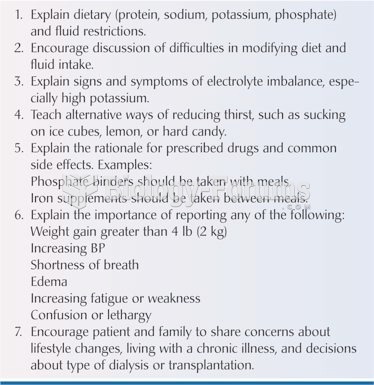|
|
|
When Gabriel Fahrenheit invented the first mercury thermometer, he called "zero degrees" the lowest temperature he was able to attain with a mixture of ice and salt. For the upper point of his scale, he used 96°, which he measured as normal human body temperature (we know it to be 98.6° today because of more accurate thermometers).
Fungal nail infections account for up to 30% of all skin infections. They affect 5% of the general population—mostly people over the age of 70.
Bacteria have flourished on the earth for over three billion years. They were the first life forms on the planet.
There are approximately 3 million unintended pregnancies in the United States each year.
The human body produces and destroys 15 million blood cells every second.







